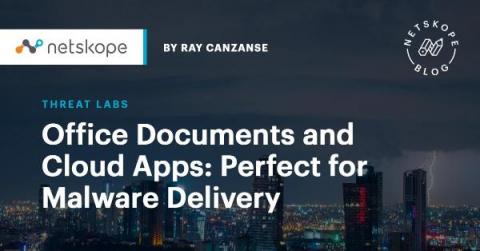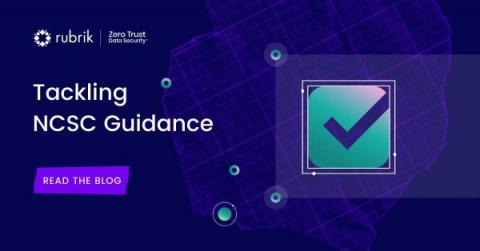Analyzing Exmatter: A Ransomware Data Exfiltration Tool
Having conducted more than 3,200 incident response engagements in 2021, Kroll’s Threat Intelligence team now tracks more than 200 ransomware threat actor groups. Kroll’s global Incident Response teams are very familiar with actions traditionally associated with a network intrusion, from initial access to lateral movement to privilege escalation to data exfiltration—and in the case of financially motivated actors, ransomware deployment.











